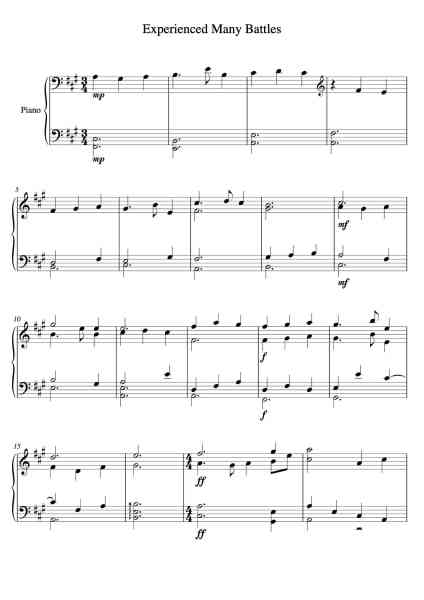Roblox Sheet

Roblox Sheet
Experienced Many Battles
Yasuharu Takanashi
Découvrez Experienced Many Battles de Yasuharu Takanashi d'une toute nouvelle manière ! Utilisez votre clavier pour jouer Experienced Many Battles Partitions de piano Roblox sur le Piano Virtuel. Que vous soyez un joueur de piano Roblox ou que vous souhaitiez pratiquer des morceaux classiques, cette Experienced Many Battles Partition de piano Roblox est parfaite pour vous, facilitant la progression du débutant à l'expert. Experienced Many Battles est présent dans le TOP 100 des Partitions de piano Roblox, avec de nombreuses autres chansons faciles, classiques, pop, de Noël et des collections Disney à jouer !
47 vues



















